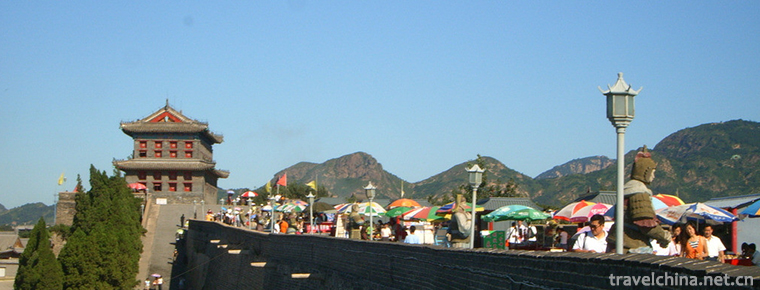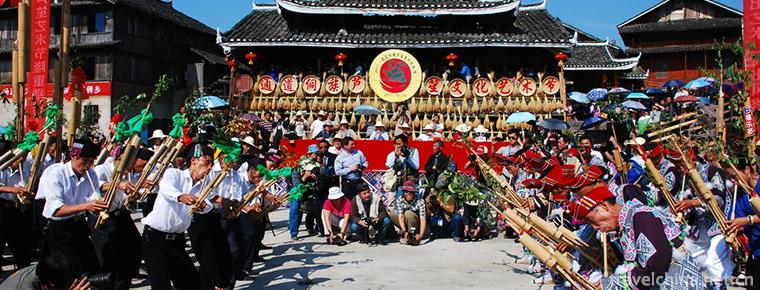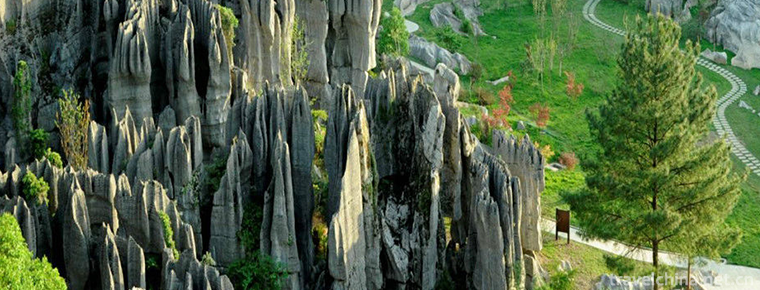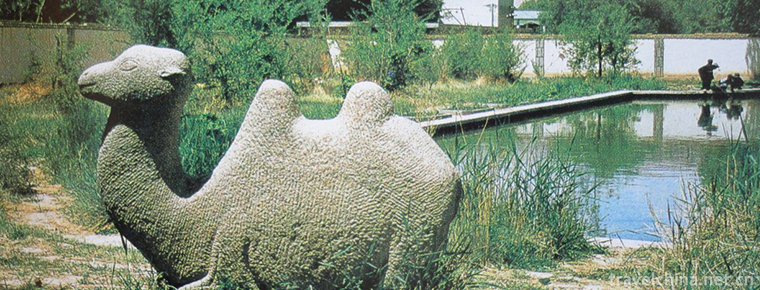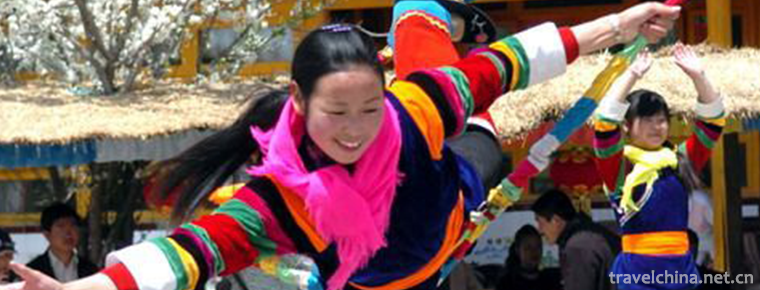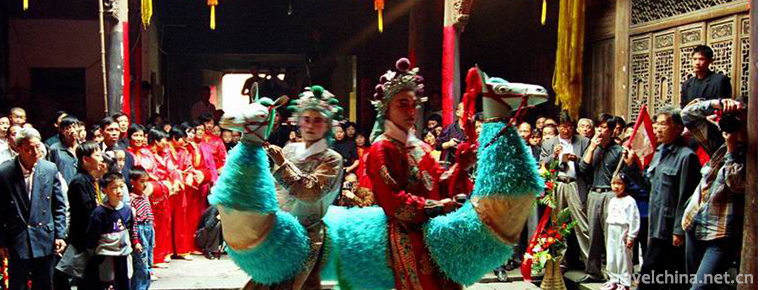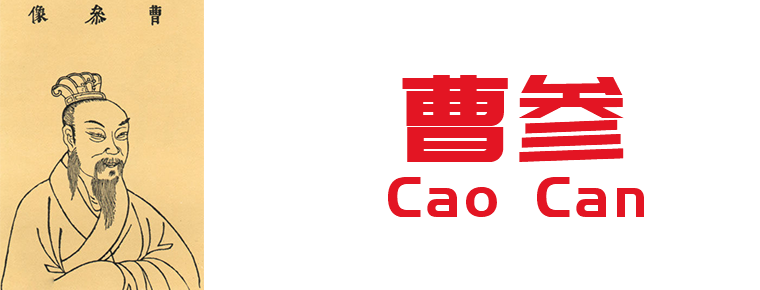GA Da Meilin
GA Da Meilin
Gadamelin (1892 - April 5, 1931), Mongolian, surname Molettu (translated into Chinese as Meng), Nadamud, Han name Meng Qingshan, also known as Yexi, Mongolian legendary hero. Born in Zhelimu League, Inner Mongolia (now Tongliao City), Daerhan Banner (now Keerqin left-wing middle banner) Yaomang Hasumu (now Shebotu Town) Tamuzhalantun (now Tabenzalangacha). Garda is Mongolian, meaning the youngest brother in the family. Merlin is the general soldier of Namji Selen, Prince of Zazakhdarhan.
Since then, there have been some songs, films and poetry collections to commemorate Gadamelin, such as "Gadamelin" in the music textbooks of primary schools for post-90s students, in the form of music. In 2002, the film Gadamelin directed by the famous director Feng Xiaoning took the lead in presenting the story to the national audience. Later, the legendary story of Gadamelin symphony, concert and other forms will be recited. Nowadays, with the popularity of TV series on CCTV, Gadamelin, the heroic song of grassland, is once again widely circulated.
On June 7, 2008, the Mongolian long narrative poem Gadamelin was approved by the State Council to be included in the second batch of national intangible cultural heritage list.
Paul Mauriat's History
In 1893, Gadamelin was born in Dalhan Banner of Zhelimu League, Inner Mongolia (now Tongliao City), Yaomang Hasumu (now Shebotu Town), Tamu Zalanga Tun (now Taben Zalanga Cha). At the age of 16, Gadamelin served in the Erhan Banner Guard. He served in Zhangjing, Kundu, Zalan and Meilin (all official positions). He was in charge of 130 cavalry guards under the banner, and his guard was against Da. King Erhan and warlords were arrested and imprisoned for reclaiming grasslands. After being rescued from prison by his wife Peony, Gadamelin led a mass uprising from winter 1929 to spring 1931, organized an armed anti-reclamation riot, turned to the Horqin grassland, and finally died in the Wulijimu Red River (Xinkai River) at the foot of Huanghua Obo, aged 38. The armed struggle against warlords and feudalism initiated by Gadamelin shocked the Horqin grassland and aroused the courage of the grassland people to struggle with the feudal Mongolian princes and northeastern warlords. Many years later, Gadamelin's heroic deeds condensed into a solemn epic, which was sung on the beautiful prairie. In 2002, the film Gadamelin directed by the famous director Feng Xiaoning took the lead in presenting the story to the national audience. Later, the legendary story of Gadamelin symphony, concert and other forms will be recited. Nowadays, with the popularity of TV series on CCTV, Gadamelin, the heroic song of grassland, is once again widely circulated.
Early experience
Gadamelin has been studying in private schools for several years and has a good command of Mongolian and Chinese. Zhang Jing, Kundu, Zalan and Meilin of the Flag Guard have been appointed successively. In 1908, he served as a soldier in the Dalhan Flag Guard and was promoted to Zhang Jing five years later. In 1916, he was appointed as the leader of the flag guard, and in 1925, he was promoted to the commander of the flag military, Merlin. Later, he was dismissed because he refused to let the land rented by the flag guards be handed over to the Royal palace.
From the end of the Qing Dynasty, in order to consolidate frontier foreign defense and prevent Czarist Russia from further aggression, the central government began to gradually reclaim land in the Mongolian Banner, and the Han people were moved to become tenants. After the founding of the Republic of China, in February 1914, the Ministry of Internal Affairs, Agriculture, Commerce, Finance and the Mongolian-Tibetan Affairs Bureau jointly formulated the General Principles for Prohibiting Private Opening-up of Mongol Waste and the Measures for Incentives for Reclamation of Mongol-Tibetan Waste in preparation for the great development of Mongol-Tibetan Reclamation. From 1916, Zhang Zuolin, a warlord of Fengshi, began to reclaim land in large quantities. Land reclamation and border garrison strengthened border defense and promoted local economic development, but also harmed the interests of Mongolian herdsmen. Since the Baiyin Dalai Uprising in 1904, the anti-reclamation uprisings have risen and fallen one after another.
Anti reclamation Uprising
Zhang Zuolin and Lord Namjile Seleng, who lives in Fengtian (Shenyang), agreed to reclaim a large area of grassland in the banner as farmland. By 1928, three-quarters of the land in the Dalhan Banner had been reclaimed, and the pasture had shrunk, forcing herdsmen to leave their homes and causing discontent among the local herdsmen. Gadamelin went to the Reclamation Bureau many times to oppose reclamation and was dismissed.
In early 1929, shortly after the change of the Northeast Banner, Zhang Xueliang continued his plan to reclaim the land of Mongolian Banner. Gadamelin and others launched the "Duguilong Movement", in which all petitioners signed a circle around the paper to hide the leader and went to Shenyang to petition Namjile Seleng. On 26 July, petitioners representing Selenima, Zhao Shewang, Sengarrubu and Gadamelin were arrested and returned to their flags for imprisonment. On the night of Nov. 13, Gadamelin's wife, Peony Qige, and some other people robbed him to fight jail and rescued Gadamelin. So Gadamelin organized an uprising and led a more than 700 anti-reclamation army. He put forward the slogan "Down with the Bureau of Surveying, No looting of civilian property". He attacked the Bureau of Reclamation and the army of reclamation and wasteland, expelled the survey team and turned to the area of Zhaowuda League (today's Chifeng City) and Zhelimu League.
Zhang Xueliang ordered a cavalry regiment of Zhang Haipeng and Li Shouxin Regiment of the 17th Brigade of Northeast Cavalry under Tang Yulin to send out troops to encircle and suppress them. On April 5, 1931, the anti-reclamation troops were surrounded and annihilated at the Hongge Obotun Ferry on the Bank of Xinkai River (present-day Wuliji Muren River) near Shebotu, northern Liaoning Province, when they were ready to cross Henan Province. Gadamelin died in battle. Li Shouxin cut off Gadamelin's head and returned to Kailu to give it to Cui Xingwu brigade commander. Cui Xingwu sent Tang Yulin in wooden box. Tang Yulin handed over to Prince Dalhan and hung a public display in the flag. Later, Meilin Temple was built by the people along the Wuliji Mulun River.
Five months later, the September 18th Incident broke out and Zhang Xueliang's Northeast Army withdrew into the customs. The plan of pasture reclamation was not carried out.
Inheritance significance
The anti-reclamation struggle of Gadamelin is a magnificent feat in the modern history of Inner Mongolia, which expresses the strong will of grassland people to fight against oppression and strive for survival. Although the Gadamelin uprising failed in a short time, the grassland people regarded him as a hero of grassland protection. In the second year of his sacrifice, the song of Gadamelin was created, and it has been sung to this day: "The little goose flying from the south, can't fly without falling down the Huanghe River." To speak of the uprising of Gadamelin is for the land of the Mongolian people..."
Although the uprising in Gadamelin failed, Zhang Xueliang's plan to reclaim grasslands was delayed. Gadamelin's uprising was to protect the interests of Mongolian herdsmen, and the greatest harm to the environment today is the destruction of reclamation. Because of short-sightedness and ignorance, the reclamation of grasslands was not stopped by the uprising in Gadamelin. Horqin grassland alone has been "wasted" eleven times. Today, most grasslands have been desertified and become "Horqin Sandy Land", which is a part of the sand dune plain of the West Liaohe River. It is a developing desertification land, mainly in the semi-fixed state of wind-eroded sandy land. Horqin Sandy Land is developing at the rate of 1.9% per year with a total area of 80 million mu, which is the largest sandy land in China. The Wuliji Muren River, sacrificed by Gadamelin, has now become a sand trench. The river has long been cut off and is surrounded by desertified farmland and sandbags and dunes.
Chronology of Events
Launched the "Duguilong" Movement in 1929
Arrested on July 26, 1929, when petitioning in Shenyang, he was taken back to his flag and put into prison.
Jail robbery on November 13, 1929; organization of an uprising after release
Murdered by Zhang Xueliang on April 5, 1931
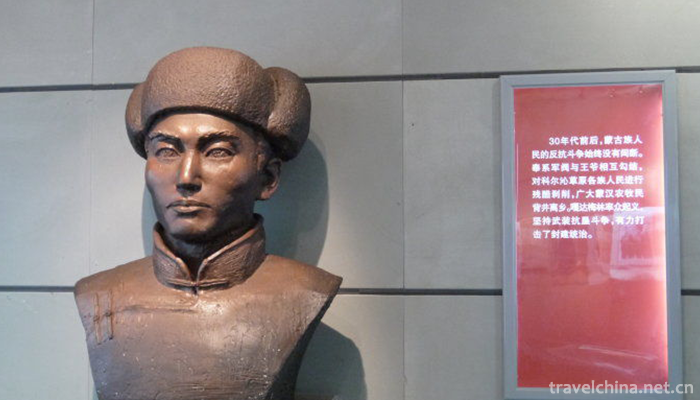
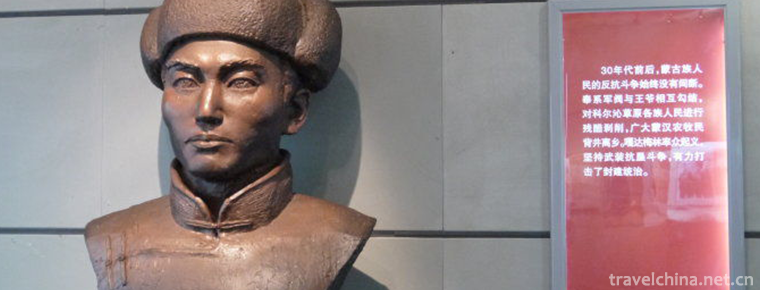
GA Da Meilin
-
Crystal shrimp dumplings
Crystal shrimp dumpling is one of the traditional Cantonese tea house snacks. It is as famous as dry steamed cooking, fork cooking and egg tarts.
Views: 321 Time 2018-11-14 -
Qinhuangdao Shanhaiguan Scenic Area
Shanhaiguan, also known as Yuguan, Yuguan and Linluguan, is located 15 kilometers northeast of Qinhuangdao City, Hebei Province
Views: 187 Time 2018-11-24 -
Five city tea driedWucheng Dried Tea
Wucheng Dried Tea, a specialty of Xiuning County, Anhui Province, is a national geographical indication product.
Views: 142 Time 2018-11-27 -
Ancient songs of Miao Nationality
Miao Ancient Songs, local traditional folk literature in Taijiang County and Huangping County of Guizhou Province, is one of the national intangible cultural heritage.
Views: 272 Time 2018-12-15 -
Longlishi Sea Scenic Area
Located in Shilin Town, Wansheng District, Chongqing, Longlishi Sea Scenic Area is a karst geological park type natural scenic tourist area with a planned area of 4.7 square kilometers and a distance
Views: 249 Time 2019-02-06 -
Legend of Camel Spring
Camel Spring is a provincial key cultural relic protection unit and a patriotic education base. Located in Jiezi Township Unity Village, with convenient transportation and direct access to tertiary oi
Views: 162 Time 2019-05-15 -
Turkish Wheel Autumn
There is a beautiful and magical legend about the origin of Tu's wheel autumn. Legend has it that in order to find a way out of life, the ancestors of the Tu nationality ploughed their fields successi
Views: 220 Time 2019-06-23 -
Bamboo horse
Bamboo horse, also known as running bamboo horse or playing bamboo horse, is an ancient traditional folk dance. The art form of singles performed on the street is like the "two ghosts wrestling&q
Views: 230 Time 2019-08-10 -
Cao Can
Cao Can(? - 190 BC) , Han nationality Peixian people In the Western Han Dynasty, the founding fathers and famous generals were the following. Xiao He Later, the second dynasties in the Han Dynasty wer
Views: 300 Time 2019-09-15 -
Capital Medical University
Capital Medical University (Capital Medical University), known as the first Medical University, is jointly established by the Beijing Municipal People's government, the national health and Health Comm
Views: 159 Time 2019-11-26 -
Yibin white tower
Baita (also known as Dongyan pagoda) is located in Baita Mountain Scenic Area of Yibin Lingang Economic and Technological Development Zone. It was built in 1569, the third year of emperor muzong's reign in the Ming Dynasty.
Views: 128 Time 2020-10-16 -
Gongmu mountain
Gongmu mountain is located 5 kilometers southwest of Yanyuan County, Liangshan Yi Autonomous Prefecture, Sichuan Province. It is named after the stone on the mountain because it looks like two male and female genitals.
Views: 350 Time 2020-10-16

